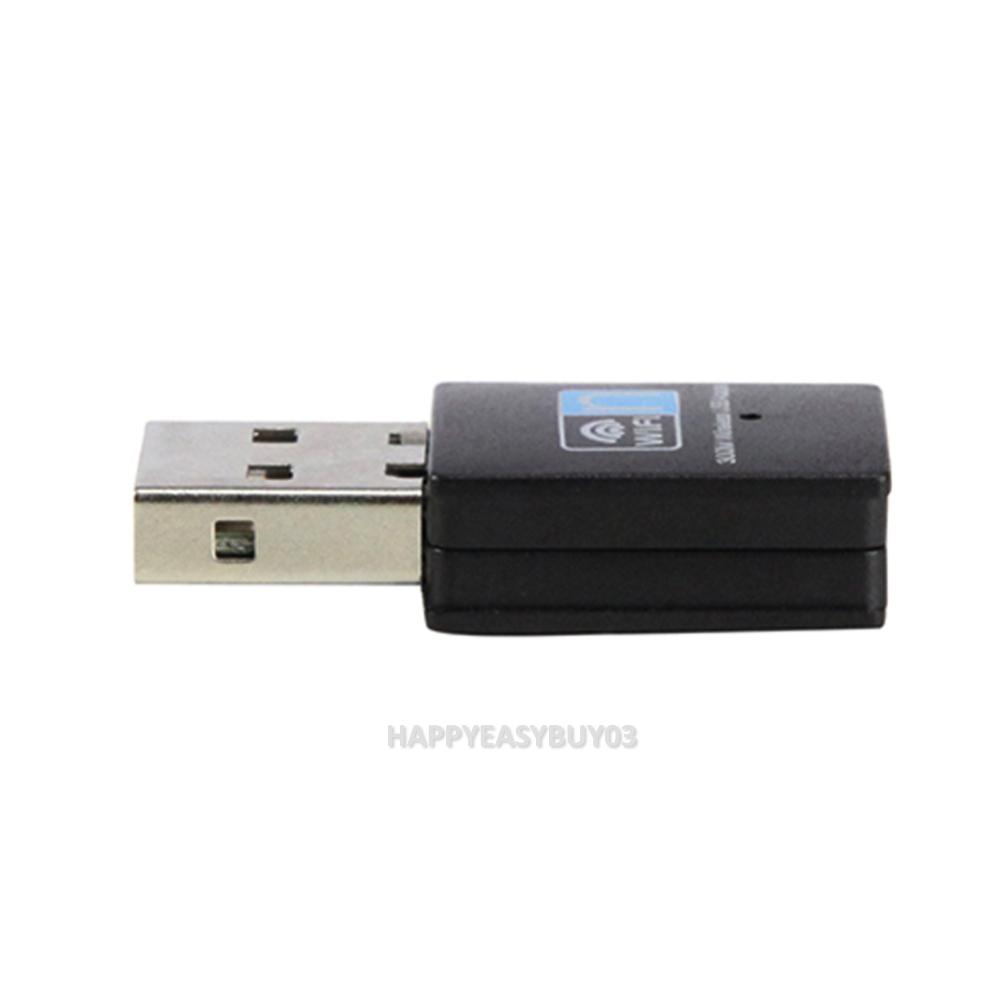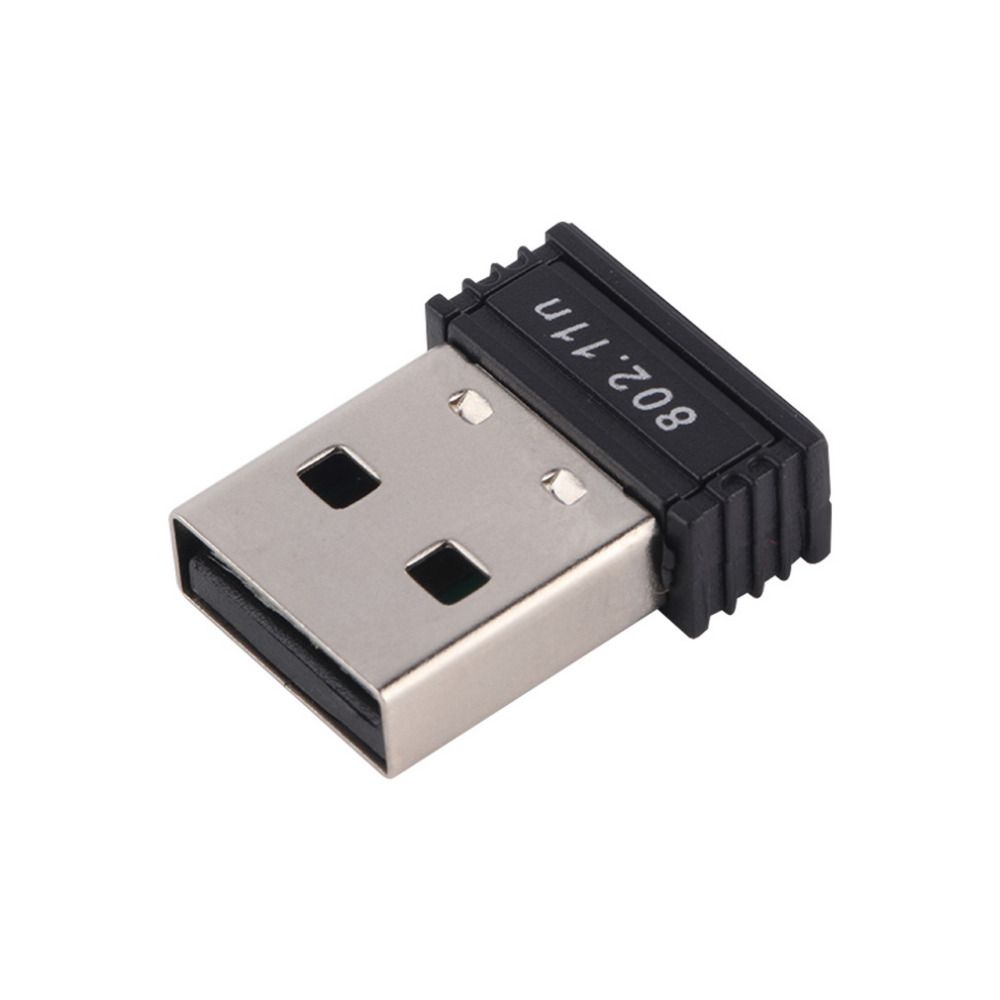| Note: | Before attempting a manual install, we recommend trying to install and update your drivers and software automatically using the Intel® Driver & Support Assistant. |
If you prefer to use the manual installation process, click or the topic for details:
Installation of a wireless USB network adapter would be an easy task if you got an installation CD with it. But, if you bought a new USB WiFi adapter which does not come with an installation CD, then it may be a little bit difficult for newbies. Check this how-to guide to quickly setup the wireless adapter on your system. #Download the #Drivers from: Setup #USB #Wifi Adapter Drivers Wireless Dongle Realtek Buy this USB Wifi Adapters from Aliexpress. Installs the driver version 30.2015 for the Realtek. wireless (WiFi) adapter in the Intel® Compute Stick. Not sure if this is the right driver for your Intel Compute Stick? Run Intel® Driver & Support Assistant to automatically detect driver updates. Wireless USB Adapter drivers are tiny programs that enable your Wireless USB Adapter hardware to communicate with your operating system software. Maintaining updated Wireless USB Adapter software prevents crashes and maximizes hardware and system performance.
Three kinds of downloads are available on Download Center for Intel® Wireless Adapters:
| Downloads | Regular software and driver packages | Software and driver packages for IT Administrators |
| WiFi | We recommend this download for general end users. The download package includes:
| We recommend this download for IT admins who need to perform customized or silent installation. The download package includes:
|
| Bluetooth | We recommend this download for general end users. The download package includes:
| We recommend this download for IT admins who need to perform customized or silent installation. The download package includes:
|
| WiGig - Wireless docking | We recommend this download for general end users. The download package includes:
| Not applicable |
| Note | Updates, patches, or fixes in a new software release may only apply to the software or to certain Intel® Wireless Adapters. When you update the Intel® PROSet/Wireless software package, it might not update the wireless adapter driver if it includes the same driver as the previous release. |
For Windows* OS:
- Automatically detect and update your drivers and software with the Intel® Driver & Support Assistant.
- Manually identify your Intel® Wireless Adapter and driver version number. Then download the latest driver for your Intel® Wireless Adapter.
- For driver-only package, see IT Administrator Links for Intel® PROSet/Wireless Software.


Once drivers downloaded, proceed with the following steps to manually install your drivers or Intel® PROSet/Wireless Software:
- Ensure that the download supports your wireless adapter.
- Save the file to a folder on your PC.
- Double-click on the file to launch installation.
| Note: | There is a difference between Intel® Software and Original Equipment Manufacturer (OEM)-supplied software. Your computer manufacturer might have customized drivers and software to enable or alter features, or provide improved operation on your computer. Contact the manufacturer for the latest updates and technical support information. If you can no longer get driver support from your computer manufacturer, you can download generic Intel drivers. |
| Related topics |
| Identify Your Intel® Wireless Adapter and Driver Version |
| Learn about Intel® PROSet/Wireless Software |
| Intel® PROSet/Wireless Software Installation Process |
| Download Intel® PROSet/Wireless Software and Wi-Fi Drivers |
If your laptop’s internal Wi-Fi adapter is dead, or just doesn’t have enough power to get the kind of speed you were hoping for, you might want to look into installing a third-party adapter that can boost the signal. Here’s what you need to know.
RELATED:How to Choose a USB Wi-Fi Adapter for Your Laptop
This guide assumes you’ve already picked out an adapter and bought it–so check out our buying guide before coming here to get everything up and running.
If Windows Has the Drivers
In most cases, Wi-Fi adapters are simply plug-and-play in Windows 10. Windows contains minimal drivers for many devices so you can get online without downloading the driver separately. In this example we’ll be installing a TP-Link Archer T2UH AC600 USB networking adapter, which Windows 10 already has a driver for.
When you insert your USB and once you’re online you can download the updated drivers either from the manufacturer’s website, or through the Windows Device Manager, as we’ll explain in the next section.
Once Windows 10 installs the drivers, one of either two things will happen: If you have a functioning wireless adapter already, Windows 10 will automatically set the new adapter to “Wi-Fi 2” as the secondary backup network. To switch from one network to the next, you can do so by first clicking the Wi-Fi icon from your taskbar, then choosing Wi-Fi 2 from the drop-down menu at the top of the wireless network list.
Once this is selected, simply re-connect to the network you were previously on, and you’re done.
If you don’t have a separate wireless networking device installed, Windows will automatically treat the USB adapter as the primary adapter, and you can connect to a wireless network the same as you would otherwise.
Examples: “SL-M2020W/XAA”. Include keywords along with product name. https://projectsomg.netlify.app/download-hp-4100-printer-driver.html.
If Windows Doesn’t Have the Drivers
RELATED:How to Turn Your Windows PC Into a Wi-Fi Hotspot
Although it’s rarer in Windows 10 than it was in previous versions, there are still a few instances where the operating system may not have the drivers ready for your adapter by default. If this happens to you, there are two methods you can use to get them properly installed.
Use the Included Driver CD
Driver For Edup Usb Wifi Adapter 600mbps
The first and most obvious solution in this scenario is to use the driver CD that the wireless adapter was shipped with.
Almost all wireless adapters released within the past ten years will come with an automatic setup on the install disc. Once you put the CD in, it will run a program that both installs the drivers for the adapter, as well as giving you the the option to install a third-party wireless tool to help you search for networks.
In general, it’s a good idea to let Windows take care of this task. Third-party software that tries to do something Windows can handle on its own will just weigh your system down.
Download the Drivers on a Separate Computer
If you’ve lost the original driver CD the adapter came with or your laptop doesn’t contain an optical drive to install it, there’s one more workaround you can try.
Optimally, your laptop will already come with a functioning internal wireless adapter that you can use to go online and find the required drivers. If not, you can use a separate computer to download the drivers. To do this, visit the manufacturer’s website, go to their Support or Drivers page, and find the most recent package that contains the necessary drivers.
Download the driver and transfer the file onto a USB flash drive, and then plug that flash drive into the laptop you want the adapter installed on. Drag the files from the flash drive to a local folder on the laptop (we put it in our Documents under a folder called “My Wireless Driver”). If they’re in a compressed file, be sure to extract it first.
Open up the Windows Device Manager by right-clicking your Start menu, and selecting it from the following menu:
Once here, find the name of your adapter listed underneath the “Network Adapters” section. Right-click on it, and select “Update Driver Software” from the following drop-down menu.
Driver For Usb Wifi Dongle
This will take you to the Driver Update wizard. From the screen below, choose the option to “Browse my computer for driver software”.
Once here, hit the Browse button, and point the wizard to the folder where you copied the drivers from your flash drive. Play prop hunt without download.
Windows 10 will install the drivers on its own from here, and once completed, your wireless adapter will automatically begin looking for wireless networks to connect to in your immediate vicinity.
Not all wireless adapters are created alike, and if you want to beef up the download speeds on your laptop or just need a replacement for a faulty internal card, an external Wi-Fi adapter can get the job done just fine.
Image Credits: TP-Link
Driver For Usb Wifi Adaptor
READ NEXT- › Wi-Fi vs. ZigBee and Z-Wave: Which Is Better?
- › What Does “FWIW” Mean, and How Do You Use It?
- › How to Automatically Delete Your YouTube History
- › What Is “Mixed Content,” and Why Is Chrome Blocking It?
- › How to Manage Multiple Mailboxes in Outlook